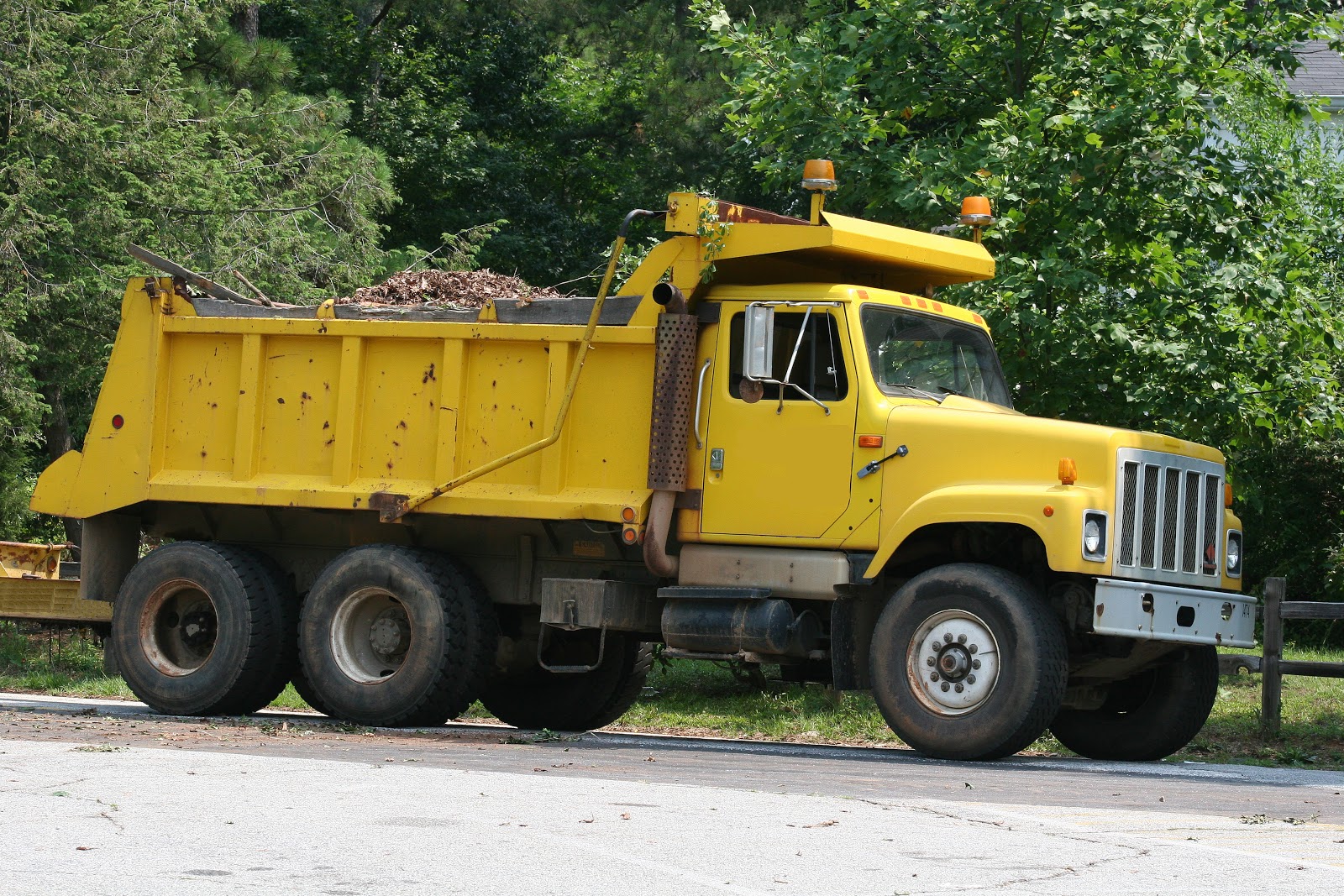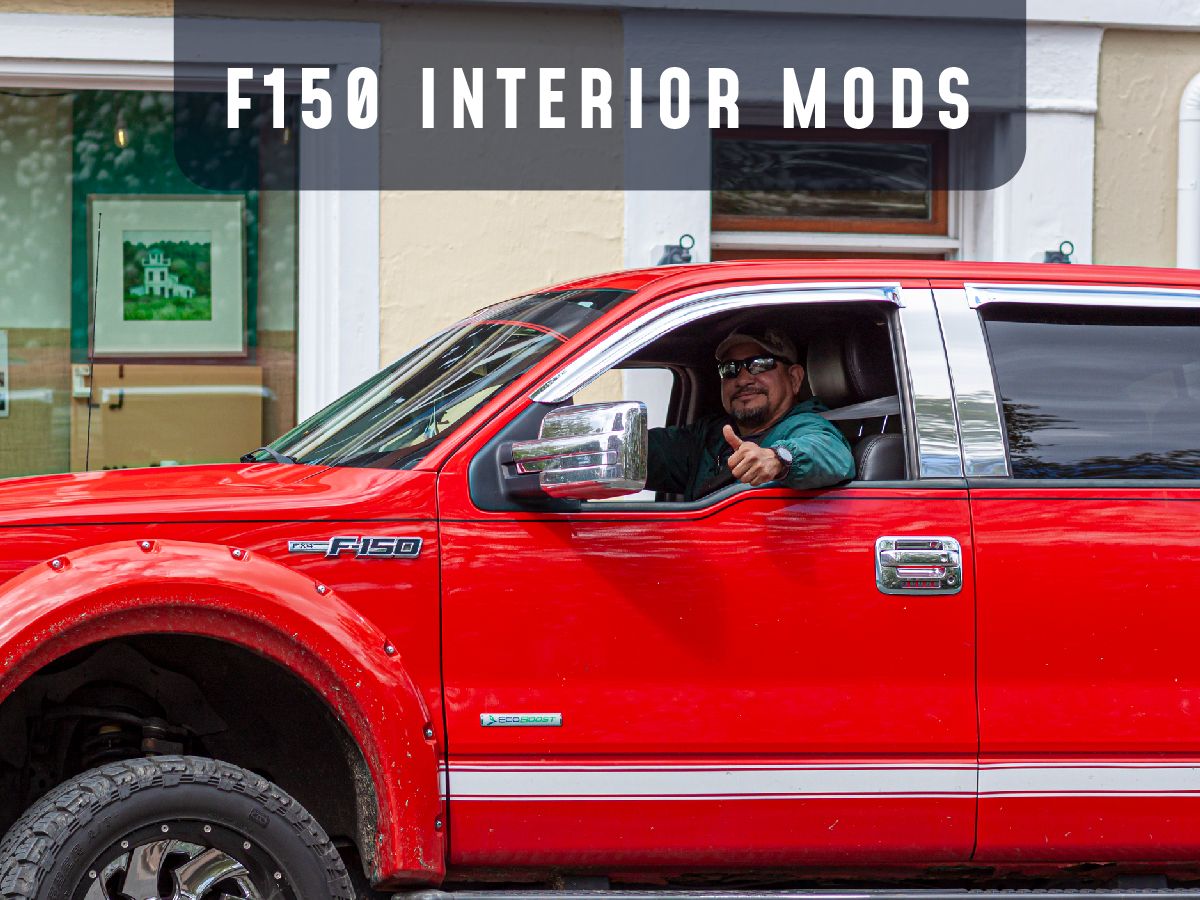When you are choosing a truck for your business, you will want to think carefully about how you will use it and what features you will need.
What Are the Types of Truck Beds
There are a variety of options that adapt to specific uses. From open air to enclosed, flatbeds to dump bodies, removable rails, and side panels, there is no shortage of options available.
Platform Body
A platform body is ideal for contractors, landscapers, and other trades that need easy access to cargo from both sides and rear. Platform beds can be equipped with rails on the back and side that are either removable or slide down for ease of loading and unloading.
They are designed for the safe and efficient transport of heavy and bulky materials that might not fit on a regular truck bed.
Hauler Truck Body
Hauler truck bodies typically come in either aluminum or integrated steel sub frames, and can be configured with hitch and receivers. With stake pockets on the side and rear, you can protect cargo during transport. Many hauler beds also come with full sideboards that can be added or removed. Options can include lighted headboards, toolboxes, and skirting.

Dump Body
Ideal for hauling and dumping, it is a favorite of construction, landscape, and demolition crews. You can get a heavy-duty dump body or a more lightweight model for light commercial or residential projects.
Flatbed or Landscape Body
Similar to the dump body, landscape truck bodies are used for hauling and dumping as well.
Service Body
A service body has doors on both sides for access and can be either open air or closed on top. Options also include roll-up doors to avoid having to open doors outward into potential traffic. Because of the enclosed body, it allows for a secure location for tools and equipment and is a favorite of tradesmen in industries such as electrical, plumbing, and HVAC.
Refrigerated Body
If you need to keep your cargo cool, like in the case of food and beverage delivery, this is the best choice.
Which One Is Right For You?
You will want to consider all the different ways you want to use your truck. Think about the materials and equipment you will transport, the maximum payload you will need, and how your team needs to access materials. Will you be operating your trucks on highways, city streets, or in residential neighborhoods?
- Maneuverability: Think about your typical job sites and what access you will need. Consider factors like turning radius and weight distribution. If you need weight up front, you may require a heavier axle.
- Drivability: Consider whether you will be hauling a trailer and, if so, know the trailer’s length and weight.
- Cargo: Whether you are hauling construction equipment, tools, or landscape materials, the design of your truck body can make a significant difference in efficiency. In addition to maximum payload capacity, you want to pay attention to different load sizes.
- Vehicle Lifespan: How long are you likely to keep the truck in service? Durability is important, but there are many things to take into consideration when deciding if a truck is worth its price tag.
- Rolling Billboard: Your vehicle can act as a rolling billboard for your business. Consider where you can apply logos and advertising for your business.
- Chassis: Make sure the truck body you pick has a chassis that will support the GVWR (gross vehicle weight rating) and GCWR (gross combination weight rating). GVWR is the max total weight it can support, including payload. GCWR is the max weight for everything including a trailer and its content.
- Body Material: Depending on how and where your vehicle will be used, and in what kind of climate, you may need a truck made of something other than conventional steel. Winter weather and salt air can lead to corrosion and rust, which means you may want to opt for aluminum, fiberglass, or other composite materials.
- Other Options: Consider the value of other options, such as installed toolboxes or storage boxes, liftgates, ladder rack, trailer hitches, compressor, etc. These options can impact the GVWR and also take up space, so be mindful.
- Body Flooring: Depending on what you are hauling and how you load and unload, the truck body floor is worth some attention. If your crew will stand on the platform, you may want to look at non-slip surfaces. If you use forklifts to load and unload, take the additional weight of the lift into consideration.
Stay Safe!
No matter which truck and truck bed you decide on, don’t forget to make sure you stay safe by adding backup cameras, sensors, and monitors. Camera Source has a variety of Commercial and OEM-style products to fit any vehicle.








